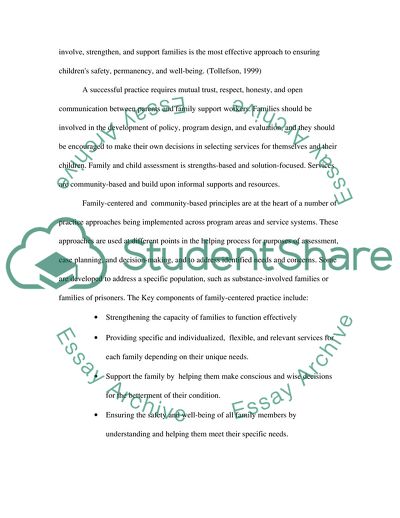Cite this document
(Work Practice for Children and Families Case Study, n.d.)
Work Practice for Children and Families Case Study. https://studentshare.org/social-science/1707909-preparing-for-practice-working-with-children-and-families
Work Practice for Children and Families Case Study. https://studentshare.org/social-science/1707909-preparing-for-practice-working-with-children-and-families
(Work Practice for Children and Families Case Study)
Work Practice for Children and Families Case Study. https://studentshare.org/social-science/1707909-preparing-for-practice-working-with-children-and-families.
Work Practice for Children and Families Case Study. https://studentshare.org/social-science/1707909-preparing-for-practice-working-with-children-and-families.
“Work Practice for Children and Families Case Study”. https://studentshare.org/social-science/1707909-preparing-for-practice-working-with-children-and-families.


